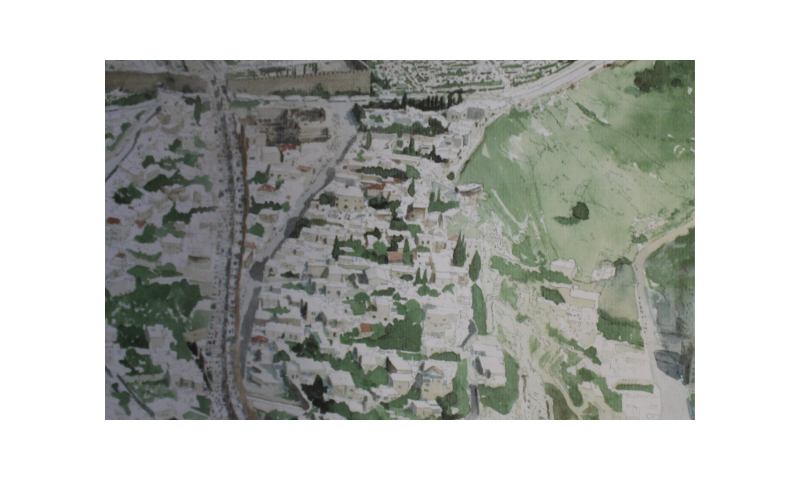Rossella Tercatin
Jerusalem Post, Sept. 20, 2021
“Anyone, regardless of their social status, could join, immerse themselves in the pool, walk toward the Temple as the experience built up with tens if not hundreds of thousands of people gathered inside the city on this route.”
Some 2,000 years ago, as the festival of Sukkot approached, tens of thousands of Jews left their homes throughout the Land of Israel and beyond and began a journey toward Jerusalem. There they would encounter a monumental and flourishing city and take part in what likely was one of the most intense religious experiences in the entire Roman Empire.
Ancient remains might not represent the best tools to pinpoint what was happening in a very specific and short period of time – such as the seven days of a festival whose characterizing commandment is to build a temporary booth that would not leave anything permanent.
However, excavations in Jerusalem in conjunction with historical sources have revealed a grandiose picture of that heyday period just before the city and its temple would be destroyed at the hands of the Romans.
“When we speak about a pilgrimage in Hebrew, we use the expression aliyah al a-regel, which does not simply suggest the notion of a pilgrimage, but literally indicates climbing up using one’s feet,” said Dr. Guy Stiebel, a senior lecturer at Tel Aviv University.
… [To read the full article, click here]


